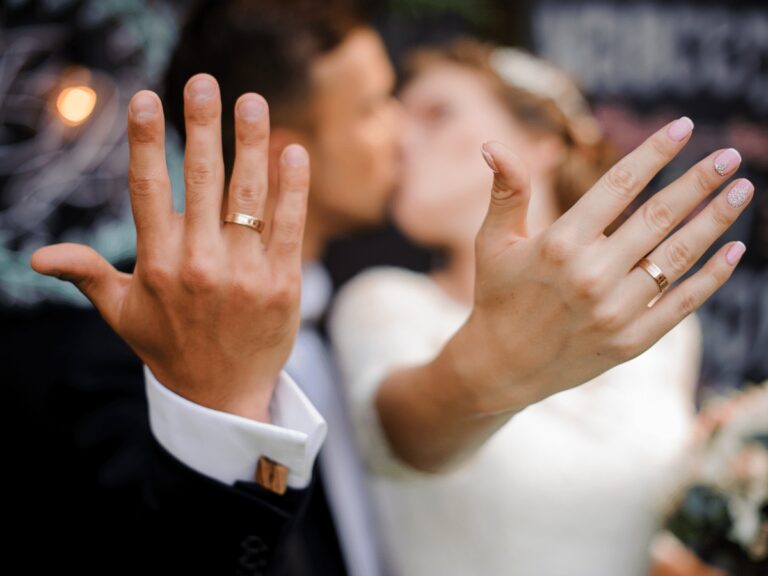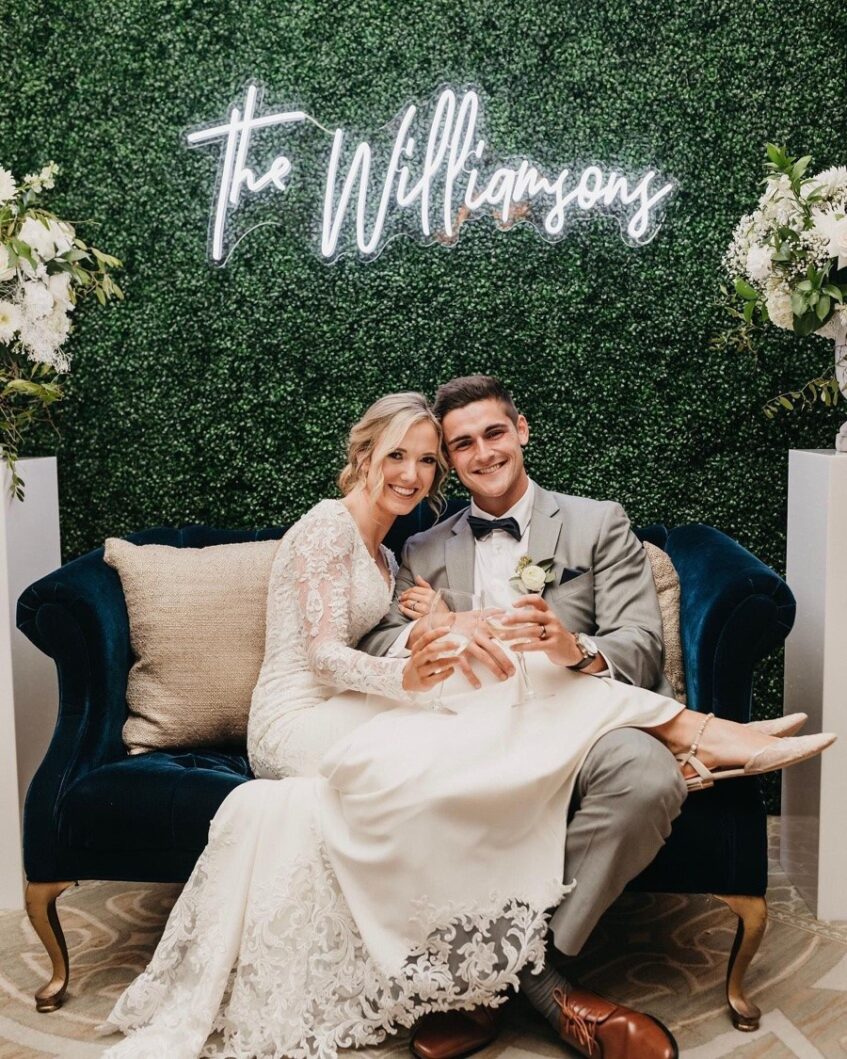Your wedding day is one of the most important and cherished moments of your life. You want to capture every detail, every emotion, and every magical moment to relive and share with others. And when it comes to creating a wedding video that truly stands out, incorporating slow motion footage can make all the difference. The art of slowing down time can add a touch of elegance, emphasize emotions, and highlight the intricate details that might otherwise go unnoticed.
In this blog, we will explore how incorporating slow motion footage into your wedding video can transform it into a visually stunning and emotionally captivating masterpiece.
So, get ready to discover how slow motion footage can elevate your wedding video to new heights, leaving you and your loved ones awe-inspired every time you hit play.
Choosing the Right Camera and Equipment
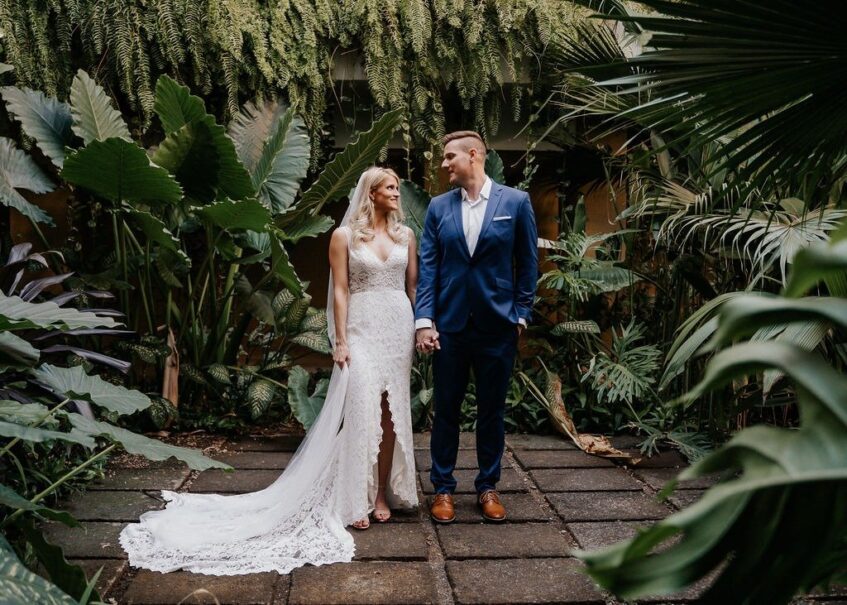
To capture stunning slow motion footage for your wedding video, selecting the right camera and equipment is crucial. Here are some factors to consider:
Camera Options
- Look for cameras that offer high frame rates, such as 60fps, 120fps, or even higher if possible. This will ensure smooth slow motion playback.
- Consider cameras with larger image sensors for better low-light performance and improved image quality.
Lens Selection
- Opt for lenses with a wider maximum aperture (lower f-stop number) to allow more light into the camera, especially in low-light situations.
- Prime lenses (fixed focal length) often offer better image quality and wider aperture options compared to zoom lenses.
Stability and Support
- Use a tripod or a stabilizer to minimize camera shake and ensure steady footage.
- Consider using a gimbal for smooth, cinematic movements during slow motion shots.
Setting the Appropriate Frame Rate and Shutter Speed
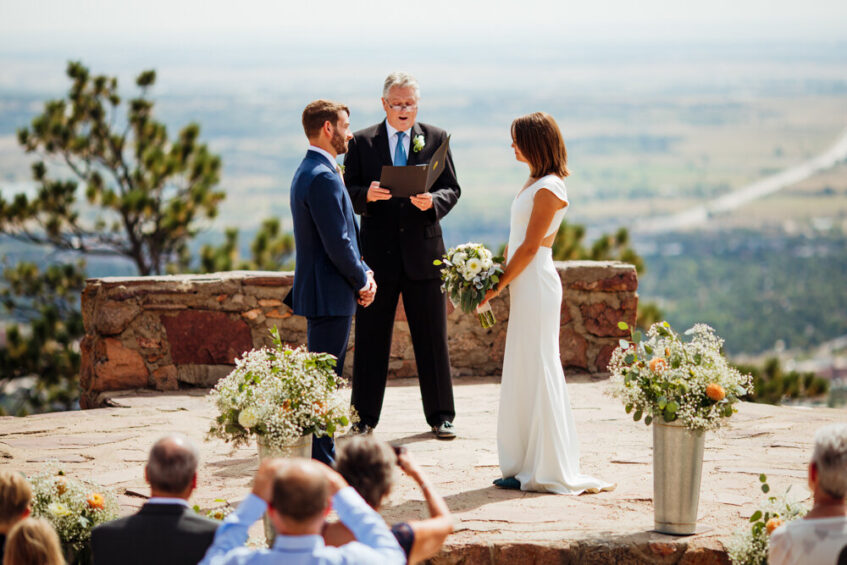
Setting the appropriate frame along with the right camera is also one of the important Wedding Videography Skills.
Frame Rate
- Choose a higher frame rate when shooting, such as 60fps or 120fps, to capture more frames per second. This will allow for smoother slow motion playback.
- Keep in mind that higher frame rates require more available light, so adjust other settings accordingly.
Shutter Speed
- Set your shutter speed to double the frame rate for natural-looking motion blur. For example, if shooting at 60fps, set the shutter speed to 1/120th of a second.
- Adjust the shutter speed as needed based on the lighting conditions and desired visual effect.
Using Proper Lighting Techniques for Optimal Results
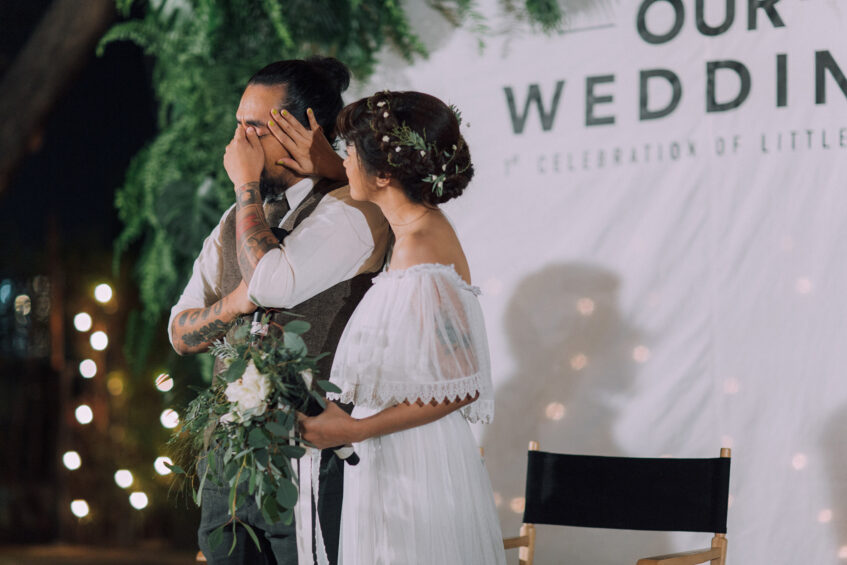
Natural Lighting
- Take advantage of natural light whenever possible. It provides a soft and flattering illumination for slow motion shots.
- Schedule your outdoor shots during the golden hour (shortly after sunrise or before sunset) for warm, cinematic lighting.
Artificial Lighting
- Use continuous lighting sources, such as LED panels or softboxes, to ensure consistent and controllable lighting conditions.
- Avoid harsh and direct lighting that can create unflattering shadows or overexposed areas.
Experiment with Shadows and Highlights
- Shadows can add depth and drama to slow motion footage. Position your subject and lighting to create interesting shadow patterns.
- Capture the interplay between light and movement to accentuate details and create captivating visuals.
Composing Shots Effectively to Maximize the Impact
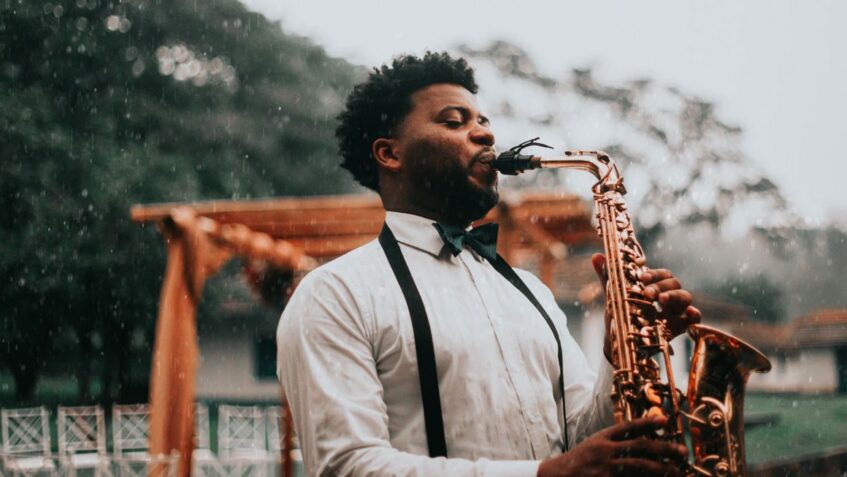
Rule of Thirds
- Apply the rule of thirds to frame your subjects. Divide the frame into a 3×3 grid and position key elements along the gridlines or at the intersections for balanced composition.
Depth and Perspective
- Incorporate elements in the foreground, middle ground, and background to create depth and dimension in your shots.
- Experiment with different angles and perspectives to add visual interest and engage the viewer.
Focus on Details
- Slow motion footage allows for a closer examination of intricate details. Focus on small gestures, facial expressions, or intricate decorations to evoke emotion and enhance storytelling.
Smooth Camera Movements
- When panning or tracking subjects, move the camera smoothly and steadily to maintain a professional and cinematic look.
- Utilize a slider or a gimbal to achieve fluid camera movements that complement the slow motion effect.
Incorporating Slow Motion Footage in Different Scenes
Let’s explore how you can effectively incorporate slow motion in different moments throughout your special day.
- Getting Ready:
- Slow down the footage as the bride applies her makeup or adjusts her veil, capturing the anticipation and excitement before the ceremony.
- Highlight the intricate details of the wedding dress, jewelry, and accessories as the bride prepares for her big moment.
- Bridal Party Interactions:
- Capture slow motion shots of the bridesmaids helping the bride with final preparations, such as fastening buttons or fixing hair.
- Show the groomsmen sharing laughter and camaraderie as they help the groom with his tie or straighten his suit.
- Emotional Reactions:
- Use slow motion to capture the reactions of the bride’s parents or close friends when they see her in her wedding attire for the first time.
- Slow down moments of anticipation and nervousness as the couple exchanges handwritten letters or gifts before the ceremony.
- Walking Down the Aisle:
- Slow down the bride’s grand entrance as she walks down the aisle, capturing the emotions on her face and the reactions of the guests.
- Emphasize the movement of the wedding dress and the delicate steps of the bride as she approaches the altar.
- Vows and Ring Exchange:
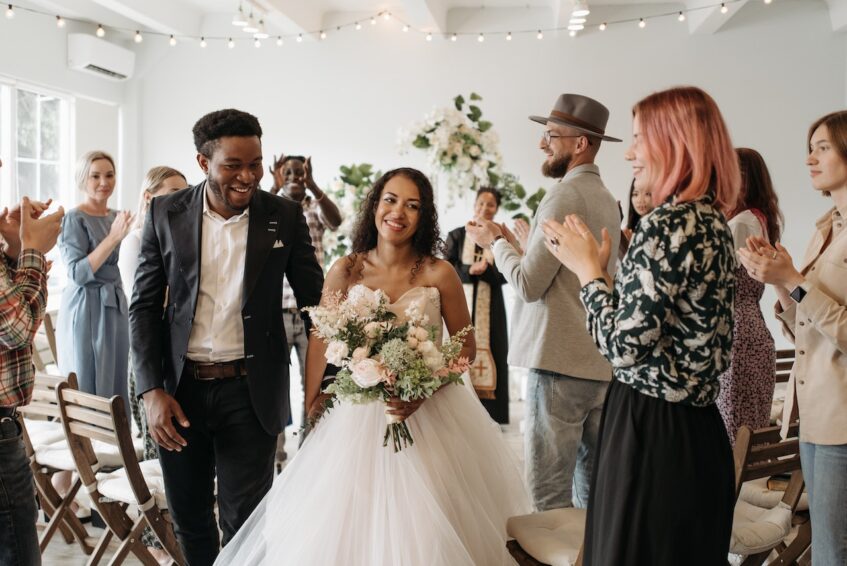
- Capture the exchange of vows and rings in slow motion, highlighting the emotions and expressions of the couple as they make their promises.
- Showcase the gentle placement of the rings on each other’s fingers, emphasizing the significance of the moment.
- Unity Rituals:
- Slow down any unity rituals, such as lighting candles or pouring sand, to create a sense of grace and symbolism.
- Capture the intricate movements and gestures involved in rituals like the unity candle or handfasting ceremony.
- Toasts and Speeches:
- Use slow motion to capture the clinking of glasses during toasts, emphasizing the celebratory atmosphere.
- Focus on the reactions of the couple and their guests as heartfelt speeches are delivered, showcasing genuine emotions.
- Dancing and Celebrations:
- Slow down the joyful moments on the dance floor, capturing the exuberance and energy of the guests as they celebrate with the couple.
- Highlight the movement of flowing dresses, twirling, and interactions between guests, creating a visually stunning display of happiness.
- Tossing Bouquet and Garter:
- Enhance the excitement of the bouquet and garter toss by slowing down the action, capturing the anticipation and reactions of participants.
- Highlight the arc and movement of the bouquet or garter as it is thrown, creating a dynamic and visually captivating shot.
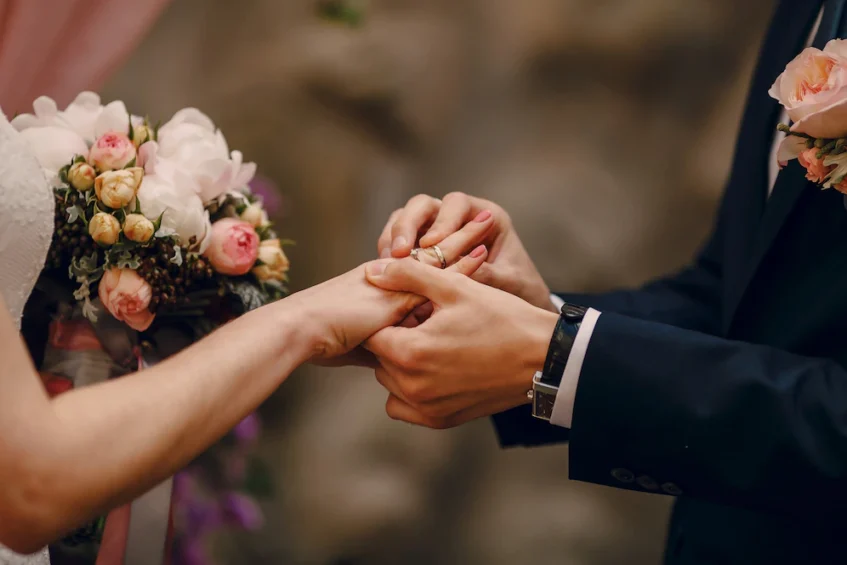
- First Dance:
- Slow down the couple’s first dance, emphasizing their movements, grace, and connection with each other.
- Capture the subtle smiles, glances, and tender moments shared between the couple as they sway to the music.
- Couple Portraits:
- Use slow motion to accentuate the intimacy and romance during the couple’s portrait session.
- Highlight the gentle movements and touches between the couple, creating a sense of timelessness and love.
- Quiet Moments:
- Slow down intimate moments shared between the couple, such as stolen glances or quiet exchanges of affection, to evoke emotions and create a sense of intimacy.
Editing and Enhancing Slow Motion Footage
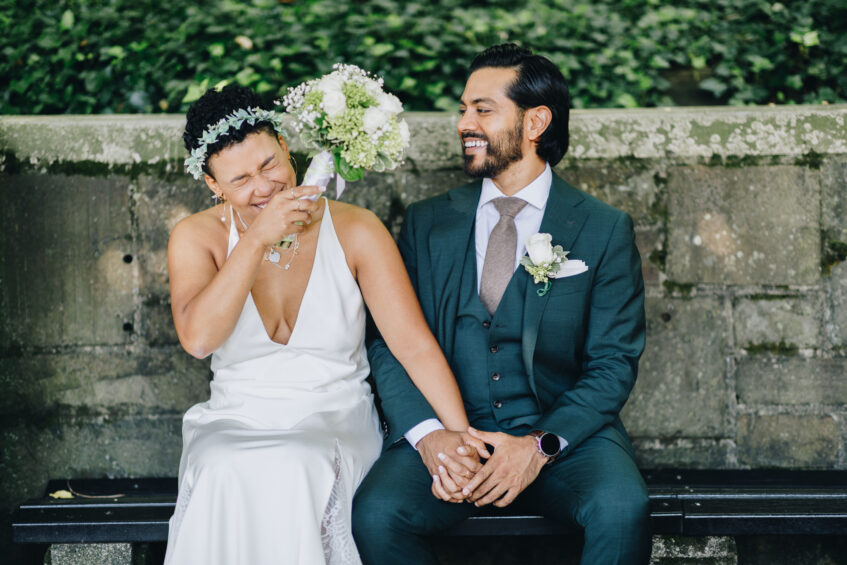
- Look for professional software like Adobe Premiere Pro or Final Cut Pro
- Ensure precise speed control and advanced editing features
- Identify key moments to emphasize
- Experiment with different playback speeds and use keyframes for smooth transitions
- Select a fitting soundtrack
- Align music with slow-motion footage and add subtle sound effects
- Apply color grading techniques for consistency
- Use seamless transitions and overlay text or titles when necessary
- Highlight key moments in regular speed and slow motion side-by-side
- Include quotes showcasing the benefits and impact of slow motion
- Showcase renowned videographers and their techniques
The Essence of Fast Editing
Fast editing, a dynamic counterpart to the deliberate pace of slow-motion, injects vitality into visual narratives. It involves seamlessly integrating brisk sequences amidst slowed footage, creating a rhythmic juxtaposition.
This technique adds a layer of excitement, engaging viewers with a dynamic ebb and flow. The essence of fast editing lies in its ability to enhance storytelling by contrasting speed dynamics. It transforms a visual journey into a captivating experience, keeping audiences on the edge of anticipation.
As frames oscillate between swift and deliberate, the narrative gains momentum, creating a harmonious dance between pace and poise. In the realm of videography, mastering the essence of fast editing elevates a project, infusing it with energy and a magnetic allure.
Conclusion
In the end, mastering the art of incorporating slow-motion footage into your wedding video will leave you and your loved ones awe-inspired every time you watch it.
So, unleash your creativity, seize those magical moments, and create a wedding video that captures the essence and significance of your special day in a way that will be cherished forever.

